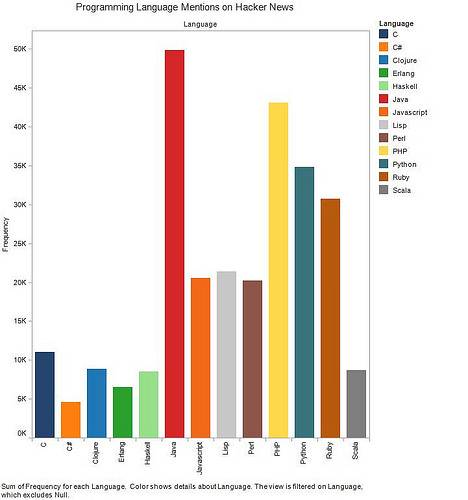RedMonk’s Stephen O’Grady challenges the conventional wisdom that Java is dying – a position typified by recent comments from Forrester analysts. O’Grady acknowledges that although Java has peaked in terms of popularity, it is hardly the dead end that Forrester claims it is.

O’Grady bases his claims on various data collected by RedMonk. RedMonk’s research is focused on developers, instead of enterprise “decision makers.” “We advantage this audience simply because we believe that bottom up adoption is more predictive of technology direction than top down procurement, but reasonable minds may obviously disagree,” O’Grady writes.
This diagram illustrates the thinking behind RedMonk’s focus on developers:

Yakov Fain, author of several books on Java, agrees. “Unfortunately, people who state that Java’s dead are not the people who use the latest Java technologies day in and day out,” Fain writes.
O’Grady believes that Java use is declingng not because it is dying, but because there are so many specific use tools available now. O’Grady has written about this explosion of growth of specialized tools before. Although NoSQL databases provide an alternative to relational databases, it doesn’t mean that relational databases will go away. Likewise, Node.js provides a specialized alternative to Apache, but won’t kill Apache.
So it goes with Java. From Clojure to Ruby to Node.js, there are many alternatives to Java. But Interest in Java is still high. O’Grady presents various data to make the case, including this analsysis of the comments on Hacker News:

O’Grady also notes how important Java is to platforms like Hadoop, HBase and Cassandra. “Even as the rapid expansion of the Hadoop ecosystem permits the usage of more accessible languages like Python (Dumbo) and Ruby (Wukong), Java is the foundation upon which the entire edifice rests.” One might also mention Scala’s use of the JVM in this context, and the use of Java on Android devices.
What we’re witnessing is not the death of Java, but its transformation. It’s moving from being just a general use platform that dominated the enterprise to being the guts of many disparate technologies for various special applications.

















